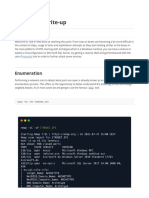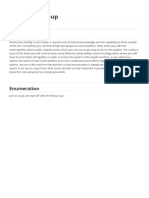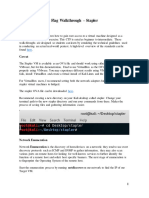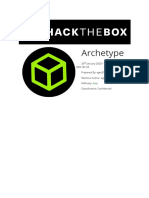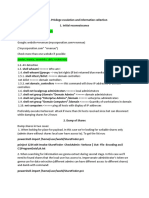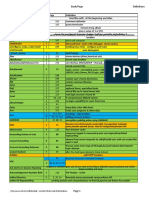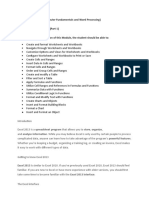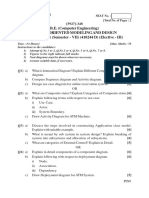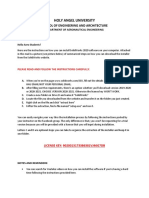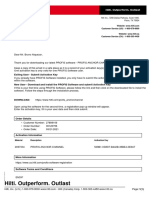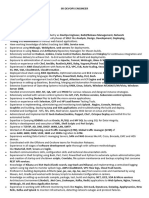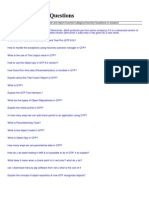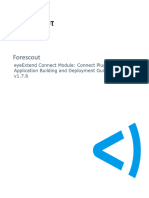0% found this document useful (0 votes)
272 views15 pagesControl
This document provides instructions for gaining initial access to a vulnerable Windows server through SQL injection, then escalating privileges to the NT AUTHORITY\SYSTEM account. The attacker extracts password hashes from the database, cracks them to obtain credentials for a user account, and uses PowerShell remoting to move laterally. Examination of registry permissions reveals the ability to modify service configurations. The attacker configures the seclogon service to execute a reverse shell and starts it to obtain a privileged system-level shell.
Uploaded by
MKCopyright
© © All Rights Reserved
We take content rights seriously. If you suspect this is your content, claim it here.
Available Formats
Download as PDF, TXT or read online on Scribd
0% found this document useful (0 votes)
272 views15 pagesControl
This document provides instructions for gaining initial access to a vulnerable Windows server through SQL injection, then escalating privileges to the NT AUTHORITY\SYSTEM account. The attacker extracts password hashes from the database, cracks them to obtain credentials for a user account, and uses PowerShell remoting to move laterally. Examination of registry permissions reveals the ability to modify service configurations. The attacker configures the seclogon service to execute a reverse shell and starts it to obtain a privileged system-level shell.
Uploaded by
MKCopyright
© © All Rights Reserved
We take content rights seriously. If you suspect this is your content, claim it here.
Available Formats
Download as PDF, TXT or read online on Scribd
/ 15

